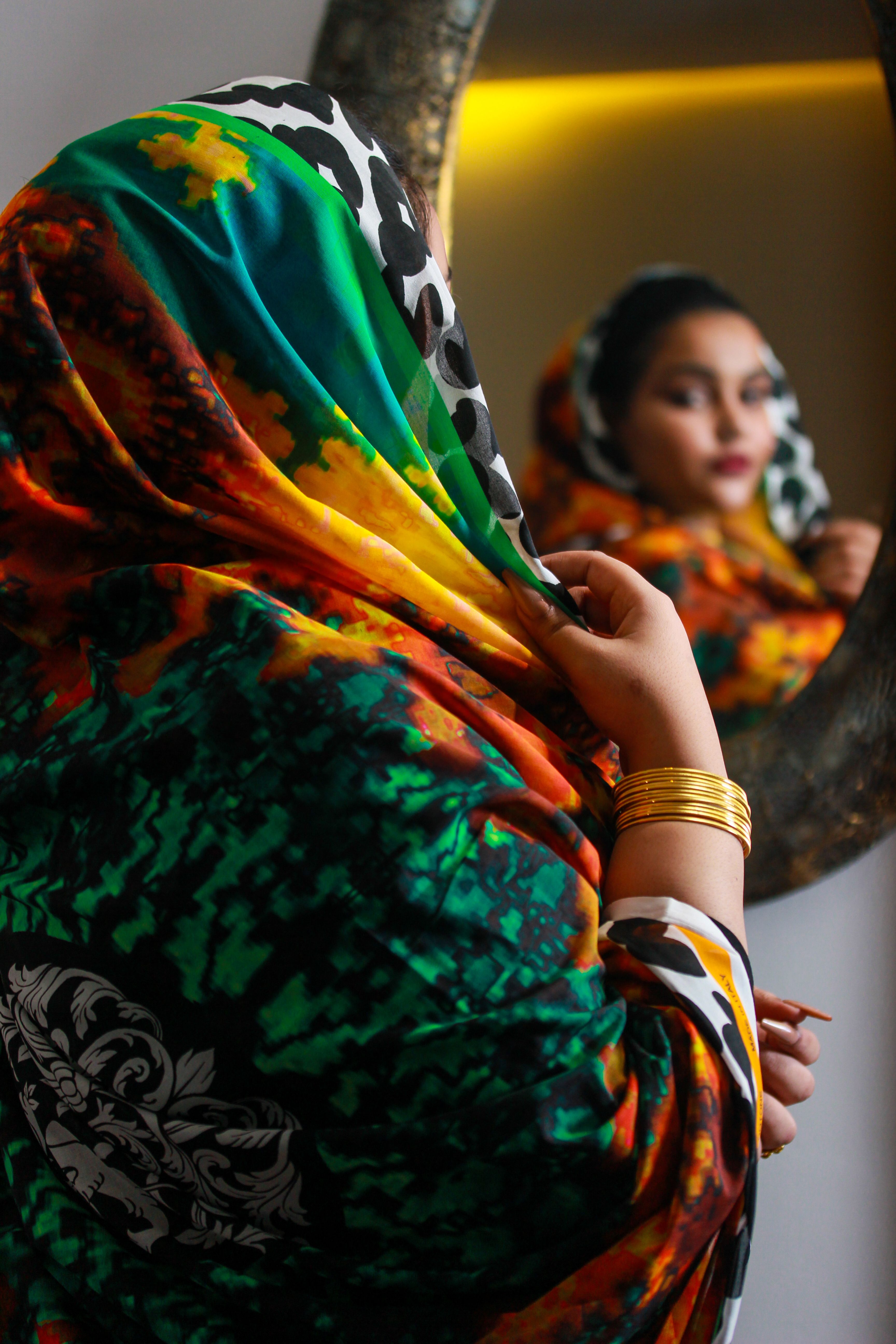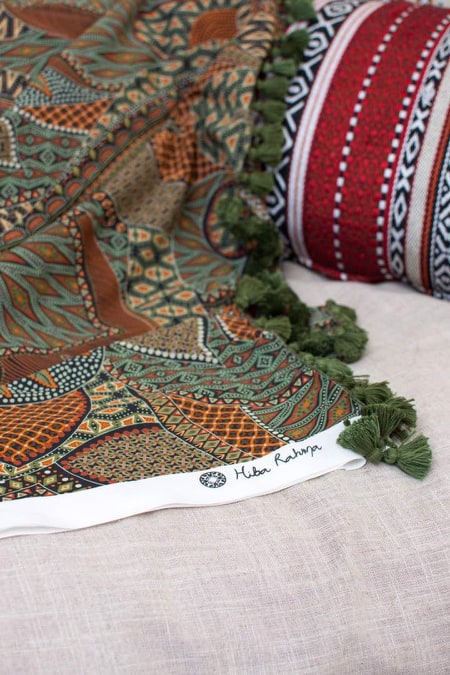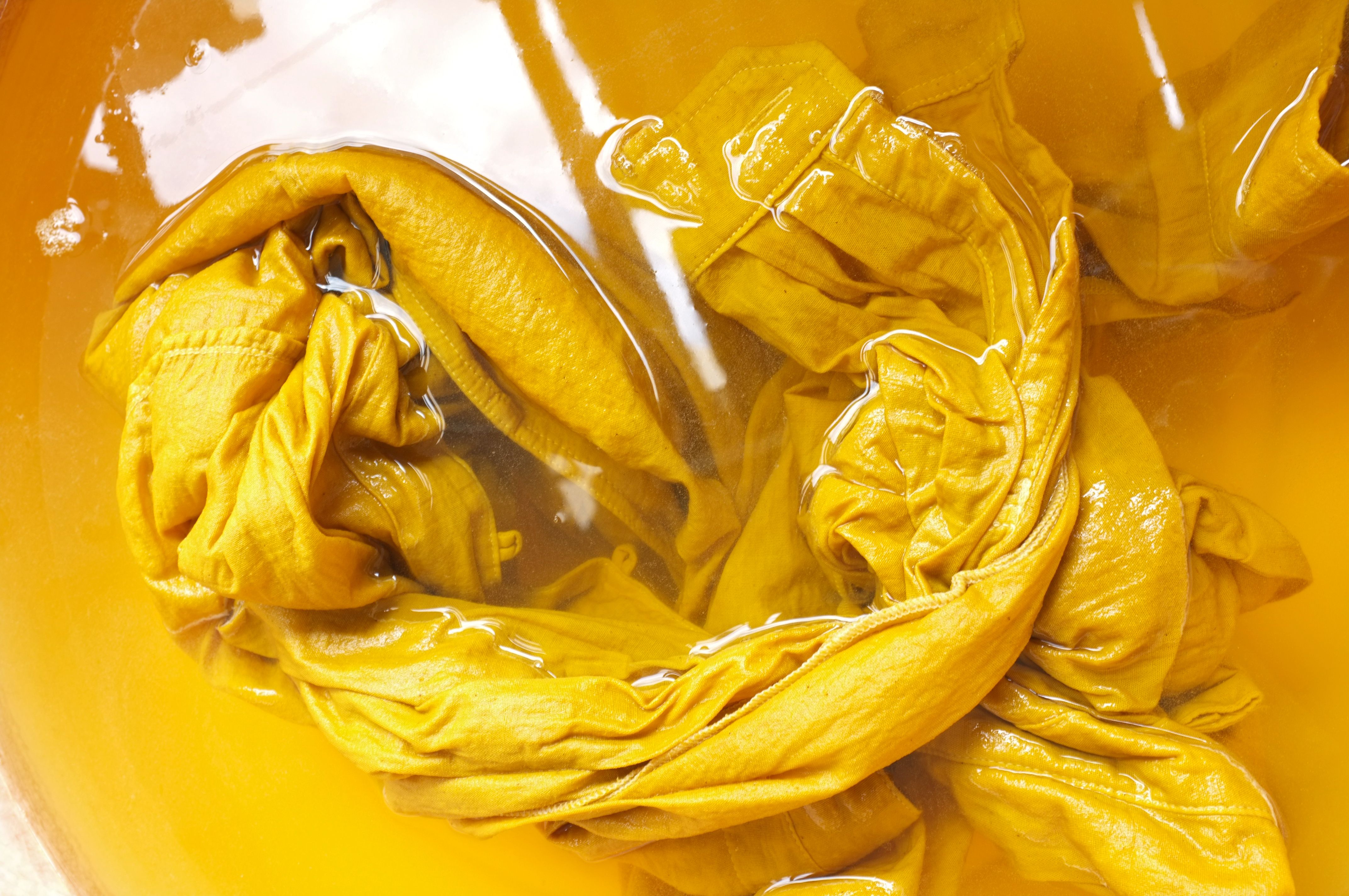
How Do We Know The Right Colors For Our Skin?
This color brightens me up.. but this one does not fit me at alll... It makes me look waaay darker.. it happens a looot, that we like things but then try them on, and they just don't look as good on us.. sometimes we recklessly buy them.. eventually it gets forgotten in the wardrobe.. or turns to a hastily improvised gift.
Does this mean that there are colors we can wear and others that we can't .. Of course not ... We can wear them in a handbag .. shoes .. belt .. skirt or trousers, but definitely not in a one-piece suit from head to toe.
Ok, how do we know the right colors for our skin tone..!!??
Human skin has a visible outer color, and an inner color underneath the surface, also known as undertone, which determines the skin type, either #warm, #cold  , or #neutral (natural).
, or #neutral (natural).
 , or #neutral (natural).
, or #neutral (natural).There are three main skin tone groups: #light, #medium, and #dark.
Knowing the skin undertone helps you figure out clothes, jewelry and make-up colors that look good on you. There are a few tried-and-true tests to help you figure out your undertone, we will provide two of them:- #The_First test is to look at the color of the veins on the inside of your wrist and directly underneath your palm. If they are #green, then you have #warm skin, and if they are #blue or purple, you have cold skin  . If it was #both green and blue, you have a #natural (neutral) skin undertone.
. If it was #both green and blue, you have a #natural (neutral) skin undertone.
 . If it was #both green and blue, you have a #natural (neutral) skin undertone.
. If it was #both green and blue, you have a #natural (neutral) skin undertone.Do not forget, light, medium and dark skin can all #share #one_undertone.
#The_Second test: We wash the face from any makeup or moisturizer, and let it dry for fifteen to thirty minutes.
In #natural_lighting, not artificial lighting, we place a white paper beside the face. If the #contrast between the face and the paper is yellow, green, or light brown, then you have warm skin, and if it is pink or blue, then you have cold skin, and if it is gray or pale, then you have neutral complexion. If the color of your face is affected by sun exposure or any allergy or eczema, the paper is placed behind the ear and another person can help you figure out your skin's undertone.
Some people tan in sunlight, their skin is considered warm. Others are sunburned, and their skin is considered cold.
A person with ebony skin may not burn in the sun, but also have a cool undertone.
#Colors that go well with warm skin women are the shades of the warm half of the color circle, such as coral red..apricot orange, gold, yellow, and the warm shades of the cold half, like olive..army green..orchid violet and reddish violet. Some of the neutral colors like cappuccino.. cream.. mocha .. greyish mushroom.
.. greyish mushroom.
 .. greyish mushroom.
.. greyish mushroom.Stay away from ice blue and sapphire amethyst jewelry, they will make you look pale.
#Colors that go well with #cool skin are the shades in the cool half of the color circle. For instance, sea, ocean and snow shades of blue.
Emerald green shades.. Lavender shades..the dark shades of violet suits you very well..ruby red from the warm half of the color circle..very pale yellow and pink. From neutral shades, cool grey, pure white and navy blue are suitable for you. Stay away from orange.. tomato red.. all deep shades of yellow.. they will work against your skin color. Silver jewelry suits you more than gold.
Now the lucky woman with #neutral skin..you can wear all colors..soft shades suit you most..green onyx..earthy rose..corn yellow and off-white lake blue of colors.. From #neutral colors ..coffee..medium shades of black gray suits you well. Stay away from afternoon yellow and magenta, they will overpower the neutrality of your skin. You can try English red though, it will look amazing on you.
Last but not least.. There are colors that suit all skin tones. Some of which are, pure white.. blush pink.. teal with green or blue for both summer and winter.. aubergine also works as a neutral color for all skin tones.
Latest Articles
Cotton
2022-08-30
#Gezira_Scheme is one of the most important gravity irrigation schemes in Sudan. It was established… Read moreWeaving in Sudan
2022-08-23
The textile industry is an old industry in Sudan. It started as a traditional rural… Read moreHand Embroidery
2022-08-01
#Embroidery is the craft of decorating fabric or other materials using a needle to apply… Read moreTextile Printing
2022-08-29
The first printed textiles were produced in India and China more than four thousand years… Read moreNatural Dyes
0000-00-00
Most natural dyes are derived from plant sources such as barks, berries, flowers, leaves, and… Read moreHiba Rahma © 2025 - All rights reserved.







